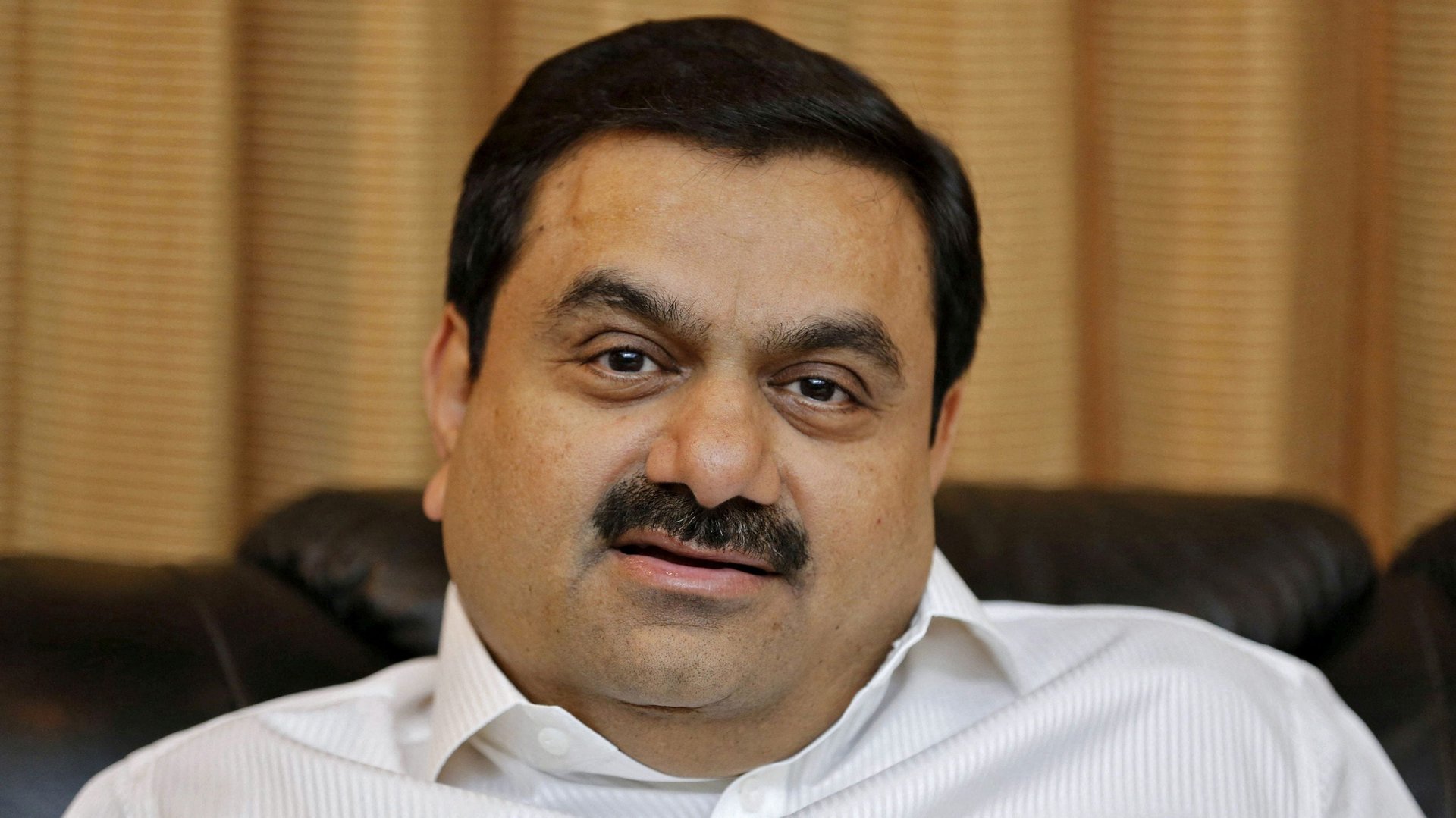Since 2013, Indian billionaires have created more wealth than London’s GDP
The star of Indian billionaires continues to rise, the pandemic-led slump aside.


The star of Indian billionaires continues to rise, the pandemic-led slump aside.
India added 51 billionaires in 2021, ranking it third among countries with the most number of new wealthy business persons, according to the M3M Hurun Global Rich List for 2022. India now has over 250 billionaires, compared to China’s 1,133 and the US’s 716.
Falguni and Sanjay Nayar, co-founders of e-commerce beauty platform Nykaa, are the richest new billionaires on the list. Nykaa came out with its IPO in October 2021.
Over the past decade, Indian billionaires also added wealth worth $700 billion, more than the GDP of London and nearly twice the GDP of UAE, according to Hurun India. A large proportion of this rise was driven by India’s richest men Mukesh Ambani and Gautam Adani.
The Ambani-Adani windfall
Ambani, chairman and managing director of oil-to-telecom conglomerate Reliance Industries, is the only Indian in the global top-10. His wealth increased by 24% in 2021, according to Hurun’s research.
Adani, coal billionaire and chairman of the Adani group, is the second-richest man in Asia. He added $49 billion to his wealth in 2021, according to the research. This translates to an addition of 6,000 crore rupees ($791 million) to his wealth every week of 2021.
Adani’s wealth registered a 153% year-on-year change and a 1,830% decadal growth. This has improved his ranking on the Hurun global rich list from 313 a decade ago to 12 in the 2022 edition. A large part of this monumental rise is on the back of the recent bets Adani has placed in the renewable energy sector.
While Indian billionaires bucked the pandemic-induced slowdown, inequality only worsened in the country.
Rising poverty in India
India also added significantly to global poverty in 2020 and 2021, according to research.
“More than 46 million Indians…are estimated to have fallen into extreme poverty in 2020 (nearly half of the global new poor according to the UN),” according to the Inequality Kills report released by Oxfam India in January. The report noted that this was a direct consequence of an “economic system rigged in favour of the super-rich.”
In 2020 alone, India contributed 60% to the global rise in poverty, according to a January 2021 report from Pew Research.